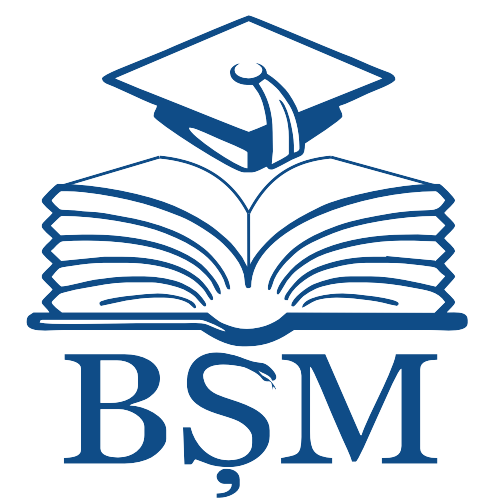|
|
- IRMS - Nicolae Testemitanu SUMPh
- 8. ȘCOALA DOCTORALĂ ÎN DOMENIUL ȘTIINȚE MEDICALE / DOCTORAL SCHOOL IN MEDICAL SCIENCE
- REZUMATELE TEZELOR DE DOCTOR, DOCTOR HABILITAT
Please use this identifier to cite or link to this item:
http://hdl.handle.net/20.500.12710/30987
| Title: | Cardiovascular changes induced by antitumoral treatment in non-Hodgkin lymphomas. Summary of the PhD thesis in medical sciences: 321.03 – Cardiology |
| Authors: | Bursacovschi, Daniela |
| Keywords: | heart failure;cardiotoxicity;chemotherapy-induced cardiac dysfunction;non-Hodgkin lymphomas |
| Issue Date: | 2025 |
| Citation: | BURSACOVSCHI, Daniela. Cardiovascular changes induced by antitumoral treatment in non-Hodgkin lymphomas. Summary of the PhD thesis in medical sciences: 321.03 – Cardiology. Chișinău, 2025, 32 p. |
| Abstract: | Relevance and importance of the addressed issue.
Cardiovascular diseases represent one of the leading causes of mortality among patients diagnosed with various types of malignancies. Recent studies suggest that the most significant changes in cardiovascular risk occur within the first year following the diagnosis of a malignant disease [1]. Although the majority of cancer patients ultimately die from the malignancy itself, cardiovascular complications represent the second most common cause of death [2]. This phenomenon has also been observed during the treatment of non-Hodgkin lymphomas (NHL). Nevertheless, the understanding and early detection of cardiovascular complications in NHL therapy remain unresolved challenges [3].
Non-Hodgkin lymphomas (NHL) are malignant tumors that originate from lymphoid tissue and are characterized by genetic, clinical, therapeutic, and prognostic heterogeneity. NHL encompasses a wide spectrum of clinical behavior, ranging from indolent to highly aggressive forms of the disease [4]. These lymphomas are among the most common hematologic malignancies, accounting for approximately 3.1–4.3% of all malignant tumors [5]. In the Republic of Moldova, the diagnosis of NHL is established at advanced stages of the disease in the majority of patients (87%) [6]. The 5-year survival rate has shown a significant increase, from 46% in 1975 to 72.7% during the 2010–2016 period. This improvement is largely attributed to the introduction and application of novel chemotherapeutic regimens and agents [7]. Currently, therapeutic options involve complex combinations of immunotherapy, chemotherapeutic agents, and radiotherapy. As a result of these treatments, many cancer survivors face an increased risk of developing cardiovascular complications [8]. Understanding the various cardiovascular adverse effects associated with NHL therapy is essential for their effective prevention and appropriate management. The severity of cardiotoxicity is influenced by several factors, including the mechanism of action of the specific therapeutic agents used, the initial and cumulative doses, the route of administration, the presence of cardiovascular risk factors, genetic predisposition, and the patient's age [9]. Antitumor therapy-related adverse cardiovascular effects may occur either acutely during treatment or may manifest months or even years after its completion. Among the most common cardiovascular complications associated with NHL treatment are cancer therapy-related cardiac dysfunction—which may range from asymptomatic forms to overt heart failure—arterial hypertension, venous thromboembolism, arrhythmias, and pericardial disorders [10]. [...] |
| URI: | https://repository.usmf.md/handle/20.500.12710/30987 |
| Appears in Collections: | REZUMATELE TEZELOR DE DOCTOR, DOCTOR HABILITAT
|
Items in DSpace are protected by copyright, with all rights reserved, unless otherwise indicated.
|


